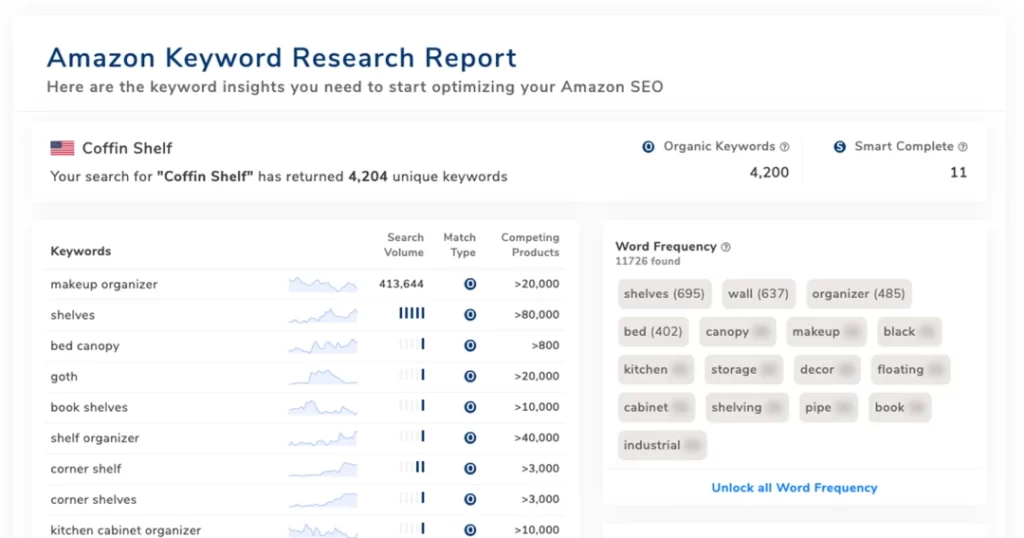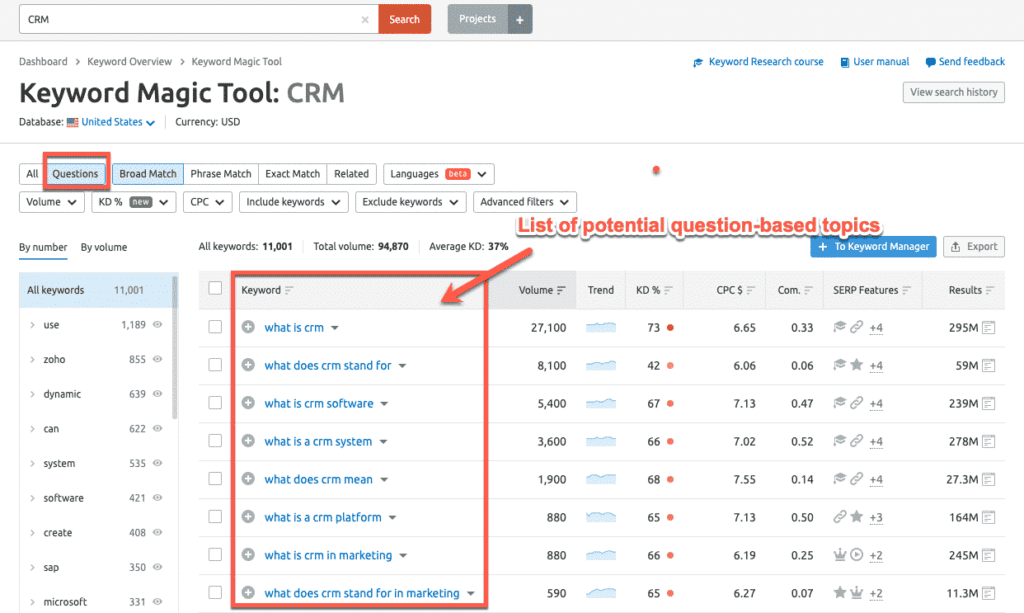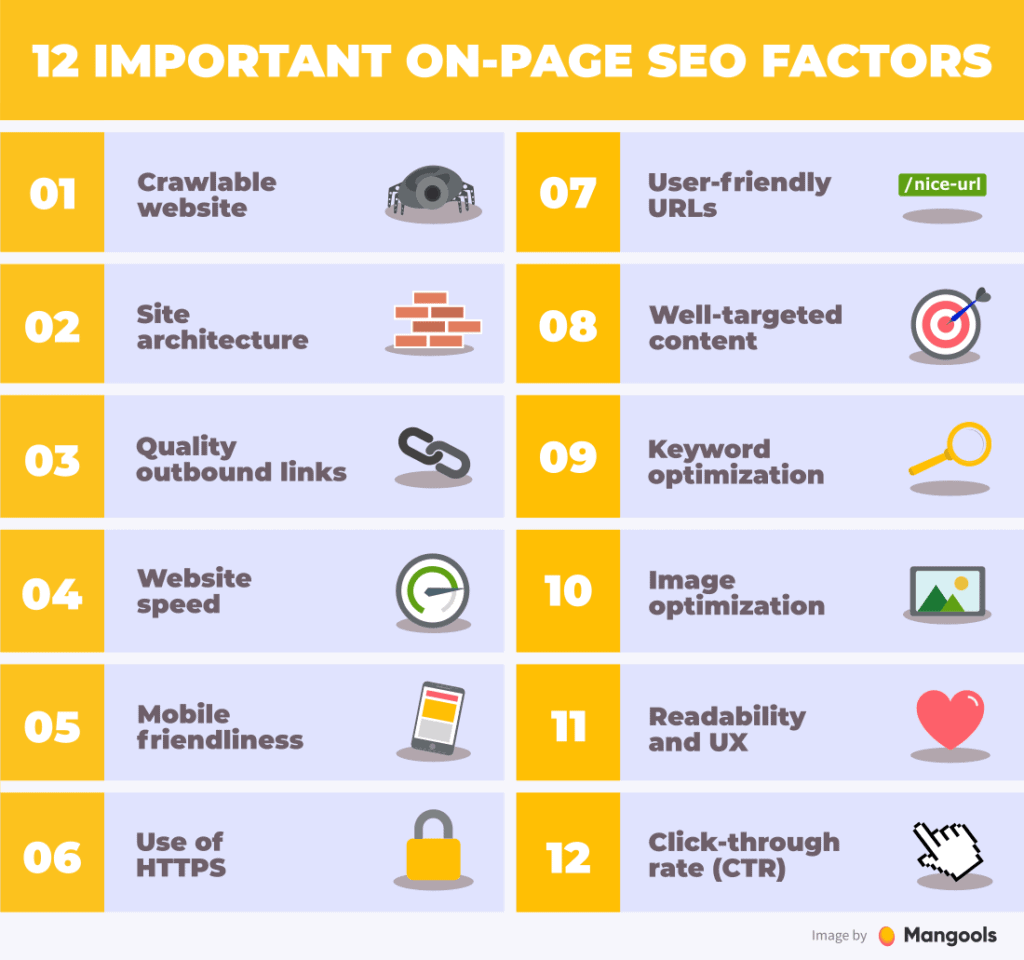Ecommerce SEO: The Ultimate Beginner's Guide
Today, eCommerce has become an essential part of the modern economy. As more and more consumers turn to online shopping, a robust online presence is necessary for businesses. But more than a website is needed to succeed in eCommerce. Companies need to optimise their websites for search engines through eCommerce SEO (Search Engine Optimisation) to grow.
eCommerce SEO encompasses a range of strategies and techniques that help websites rank better on search engine results pages, ultimately leading to more visitors and sales. But for beginners, eCommerce SEO can be overwhelming and confusing. That's why we've created this ultimate beginner's guide to eCommerce SEO to help businesses of all sizes get started.
From keyword research to link building and beyond, we cover everything you need to know to take your eCommerce website to the next level. Whether you're just starting or looking to improve your existing eCommerce SEO strategy, this guide is for you.
Table of Contents
What is eCommerce SEO?

eCommerce SEO or search engine optimisation is the optimisation of eCommerce websites to improve their visibility and ranking on search engine results pages. ECommerce SEO encompasses a range of strategies and techniques businesses use to increase the likelihood that their website will be found by potential customers searching online for relevant products or services.
One of the main goals of eCommerce SEO is to improve a website's organic search results, i.e. the results due to something other than paid advertising. By optimising their website for search engines, eCommerce businesses can drive more organic traffic to their website, ultimately leading to more sales and revenue.
SEO strategies for eCommerce usually include on-page optimisation, where individual web pages are optimised to be search engine friendly. This can include optimising page titles, meta descriptions, header tags and content to include relevant keywords and improve usability.
Off-page optimisation is another important aspect of eCommerce SEO. This includes strategies such as link building, which is the acquisition of backlinks from other reputable websites to improve domain authority and search engine rankings.
Another important aspect of eCommerce SEO is conducting keyword research. This involves identifying the keywords and phrases that potential customers use to search for products or services online and then incorporating these keywords into the website content to improve search engine visibility.
All SEO agencies in Europe, America, Canada, and elsewhere use various methods to identify the most effective keywords, such as keyword research, competitive analysis, and consumer insight surveys. Through their research and analysis, they can determine which words will significantly impact SEO success.
Ultimately, eCommerce SEO is a critical component of any successful e-commerce strategy. By optimising their website for search engines, businesses can increase their visibility, attract more organic traffic and ultimately generate more sales and revenue.
How to Create an eCommerce SEO Strategy
For those just getting started with search engine optimisation, navigating the many best practices and strategies that help improve your website's search engine rankings can feel overwhelming. However, with the proper guidance and approach, SEO can be an extremely effective way to drive traffic to your website and increase your visibility online.
That's where this SEO best practices tutorial comes in. Whether you're a small business owner, a blogger or someone looking to improve their online presence, we'll explain the basics of search engine optimisation in an easy-to-understand and implementable way.
First and foremost, it's essential to understand that SEO is about making your website more visible and accessible to search engines like Google. This involves a variety of strategies, including optimising your website's content, structure and technical elements.
Step 1: Keyword Research

Keyword research is an essential part of SEO in eCommerce. It's about identifying the keywords and phrases your target audience uses to search for products or services online and then optimising your website content for those keywords to improve search engine visibility and attract more organic traffic.
Two valuable tools for keyword research are Amazon and Google Suggest. These tools provide insight into your industry's most popular and relevant keywords and help you improve your SEO efforts.
Amazon Suggest is a feature within the Amazon search engine that suggests search terms to users as they type. This means that when users search for products on Amazon, they are presented with a list of related keywords and phrases that may also interest them. By analysing these suggestions, eCommerce companies can gain valuable insights into the search terms their target group uses most frequently on Amazon.
On the other hand, Google Suggest is a function within the search engine that suggests search terms to users as they type. This auto-complete feature can be valuable for eCommerce businesses seeking keyword research. By entering relevant keywords and analysing the auto-complete suggestions, companies can gain insight into the search terms most commonly used by their target audience on Google.
Using Amazon and Google Suggest for keyword research can help eCommerce businesses identify the most relevant and popular search terms for their industry and strategically incorporate them into their website content. By optimising their website for these keywords, companies can improve their visibility in search engines and attract more organic traffic, ultimately leading to more sales and revenue.
Keyword Research with Semrush

Semrush is an all-in-one SEO tool that offers a range of features to optimise your website and improve your search engine ranking. One of the most important features is the keyword research tool, which allows businesses to identify relevant keywords and phrases for their industry.
To use Semrush for eCommerce keyword research, businesses can first enter a starting keyword related to their industry or product into the search bar. Semrush then lists related keywords and phrases and information about search volume, competition and other relevant metrics.
In addition to creating a list of keywords, Semrush offers several other features to help eCommerce businesses with keyword research. For example, the Keyword Magic tool allows companies to enter a specific keyword and generate a list of related long-tail keywords that may be less competitive and better suited to their target audience.
Semrush also offers features for analysing competitors' keyword strategy, so businesses can see which keywords their competitors are targeting and identify opportunities for differentiation.
Step 2: Site Architecture

Creating a solid website architecture is an essential part of eCommerce SEO. A well-designed website structure can help search engines understand your website's organisation and make it easier for search engines and users to navigate and find the content they seek.
Here are some tips for creating a solid website architecture for eCommerce SEO:
- Use a clear and logical hierarchy: Your website should have a clear and logical hierarchy, with a primary navigation menu that makes it easy for users to find the essential pages on your website. Your most important pages should be linked from your homepage and no more than three clicks away from any other page on your website.
- Use descriptive URLs: Your website URLs should be descriptive and easy to understand. This helps search engines understand the content of your pages and makes it easier for users to remember and share your URLs.
- Use internal linking: Internal linking is the practice of linking to other pages on your own website. This can help search engines understand the relationship between your pages and makes it easier for users to navigate your site. Make sure you use descriptive anchor texts when linking to other pages.
- Optimise for mobile devices: With more and more users accessing the internet via mobile devices, you must optimise your website for mobile devices. The architecture of your website should be designed to work well on smaller screens and touch devices, with easy-to-use navigation and clear calls to action.
- Use a sitemap: A sitemap is a file that lists all the pages on your website. Submitting a sitemap to search engines allows them to crawl and index your website more efficiently, which can improve your search engine rankings.
Step 3: Technical SEO

Technical SEO involves optimising the technical aspects of your website to ensure that it is crawlable, indexable and accessible to search engines. A well-optimised website can improve search engine rankings, increase organic traffic, and lead to more sales and revenue.
Here are some tips for proper technical SEO in eCommerce:
- Optimise your website speed: Website speed is crucial for search engine rankings and user experience. Use tools like Google's PageSpeed Insights to identify ways to improve your site speed, such as optimising images and reducing page load times.
- Use structured data: Structured data is a standardised format for providing information about a website and its content to search engines. Using structured data can improve visibility in search engines and help your products appear in comprehensive search results, e.g. with product ratings and prices.
- Optimise for crawlability: Search engines use bots to crawl and index websites. To ensure your website is crawlable, avoid techniques such as JavaScript or AJAX that can make it difficult for bots to access your content.
- Secure your website with HTTPS: HTTPS is a secure version of HTTP that encrypts data between a user's browser and a website. HTTPS can improve search engine rankings and protect customers' data and payment information.
By following these technical SEO tips for eCommerce, businesses can improve their search engine rankings, attract more organic traffic and ultimately increase their sales and revenue. However, technical search engine optimisation can be complex and time-consuming. It may be worth working with an experienced SEO expert to ensure your website is optimised.
Step 4: On-page SEO for eCommerce

On-page SEO involves optimising individual pages on your website to ensure they are well structured, keyword rich and relevant to your target audience. Optimising your on-page SEO can improve search engine rankings, attract organic traffic, and increase sales and revenue. Below are some tips for proper on-page SEO in eCommerce:
- Optimise your page titles: Your titles should be descriptive, keyword rich and no more than 60 characters. Include your primary keyword at the beginning of the page title and use a captivating, attention-grabbing headline to get users to click through to your page.
- Optimise your meta descriptions: Your meta descriptions should be at most 155 characters long and include a summary of your page's content. Include your most important keyword and a compelling call to action to get users to click through to your page.
- Use header tags: Header tags (H1, H2, H3, etc.) help to organise the content of your page and make it easier for users and search engines to understand the structure of your page. Use your main keyword in the H1 tag and H2 tags for subheadings.
- Optimise your product descriptions: Your product descriptions should be well-written, informative and keyword rich. Use your main keyword in your product descriptions and focus on providing valuable information to your customers, such as features, benefits and technical specifications.
- Optimise your images: Images can help enhance the user experience and showcase your products. Optimise your photos by using descriptive alt tags, compressing image files to reduce page load times and using high-quality images that showcase your products in the best light.
- Use internal linking: Internal linking is the practice of linking to other pages on your own website. Use internal linking to guide users through your website and highlight related products and categories.
Step 5: Content Creation

Blogging is a powerful tool for eCommerce businesses to improve their search engine rankings and drive more organic website traffic. By using on-page and technical SEO techniques, businesses can create long-form content that is aligned with the interests and needs of their target audience and is credible and valuable to search engines.
One of the main benefits of blogging is that it can help build a company's reputation as a credible source of information. Companies can establish themselves as thought leaders in their niche by regularly publishing high-quality blog content and gaining a loyal readership. This can improve a website's authority and increase its visibility in organic search results.
For example, if you sell running products, you could create blog content that advises improving running performance, choosing the right running shoes or preventing running injuries. Creating valuable content that solves your target audience's problems can attract more visitors to your website and build a loyal readership.
However, it is essential to know that more than publishing blog posts alone is required to bring visitors to your website. To be successful with blogs, businesses need to develop a well-planned and well-executed content strategy that aligns with their overall marketing goals. This includes researching keywords, topics and competitors and creating optimised content for search engines and readers.
Here are some tips for creating a successful blogging strategy for eCommerce SEO:
- Set goals and objectives: Before you start blogging, set your goals and objectives. What do you want to achieve with your blog? Do you want to improve your search engine ranking, drive more traffic to your website or establish yourself as a thought leader in your niche? Once you have defined your goals, you can develop a content strategy that aligns with those goals.
- Research keywords and topics: Conduct keyword research to identify the keywords and terms your target audience is searching for. Use tools like Google Keyword Planner, Semrush or Ahrefs to identify high-volume, low-competition keywords that you can use in your blog content. Also, research what topics your competitors cover and identify gaps in the market that you can fill with your content.
- Create quality content: When creating blog content, look for quality over quantity. Write content that is engaging, informative and valuable to your target audience. Use a mix of text, images and videos to make your content more engaging and shareable. Also, optimise your content for search engines by using keywords in headings, subheadings and throughout the content.
- Promote your content: Once you have published your blog content, promote it through social media, email marketing and other channels to drive traffic to your website. Encourage your readers to share your content with their networks and engage with them through comments and discussions.
Step 6: Link building

Google's algorithm constantly evolves to provide its users with the most relevant and trustworthy search results. In addition to keywords, Google also considers the authority of web pages to determine the quality of information on a website. Similar to how scientific papers are rated by the number of citations, websites gain authority by the number and quality of backlinks they receive from other websites.
Backlinks, also called citations, are a vote of confidence from other websites that your content is valuable and trustworthy. The more quality backlinks a website has, the higher its authority and the more likely it is to appear higher in search results.
It is essential to know that not all backlinks are equal. Google considers the quality and relevance of the linking website and the anchor text used to link back to your website. Backlinks from reputable websites such as .coms, .govs and .edus carry more weight than those from lesser-known or spammy websites.
Building your authority and getting quality backlinks can take time for a new website. However, there are strategies you can use to speed up this process. One practical approach is building partnerships with other websites in your industry or niche. By offering value to these websites, for example, guest posts or collaborations, you can gain backlinks from reputable sources that will boost your authority.
To identify potential partner websites, you can perform a keyword analysis of the competition and analyse backlinks using tools such as Ahrefs. This way, you can discover relevant websites in your industry that link to your competitors and may also be open to working with you.
Building high-quality backlinks is an essential part of a successful eCommerce SEO strategy. By focusing on partnerships and backlinks from reputable sources, you can establish your website as a credible and trustworthy source of information for both search engines and potential customers.
Wrapping Up
In summary, eCommerce SEO can be complex and daunting for beginners; still, the right strategy can bring significant benefits in increased traffic, sales and brand awareness.
By following the tips and techniques outlined in this ultimate guide for beginners, you can build a solid foundation for your eCommerce SEO efforts, including optimising your website structure, conducting thorough keyword research, implementing on-page SEO tactics, creating high-quality content and building authoritative backlinks. Constantly monitor your progress and adjust to ensure your eCommerce SEO strategy remains practical and up-to-date.
With patience, perseverance and a commitment to providing value to your audience, you can achieve long-term success in the highly competitive world of eCommerce.
